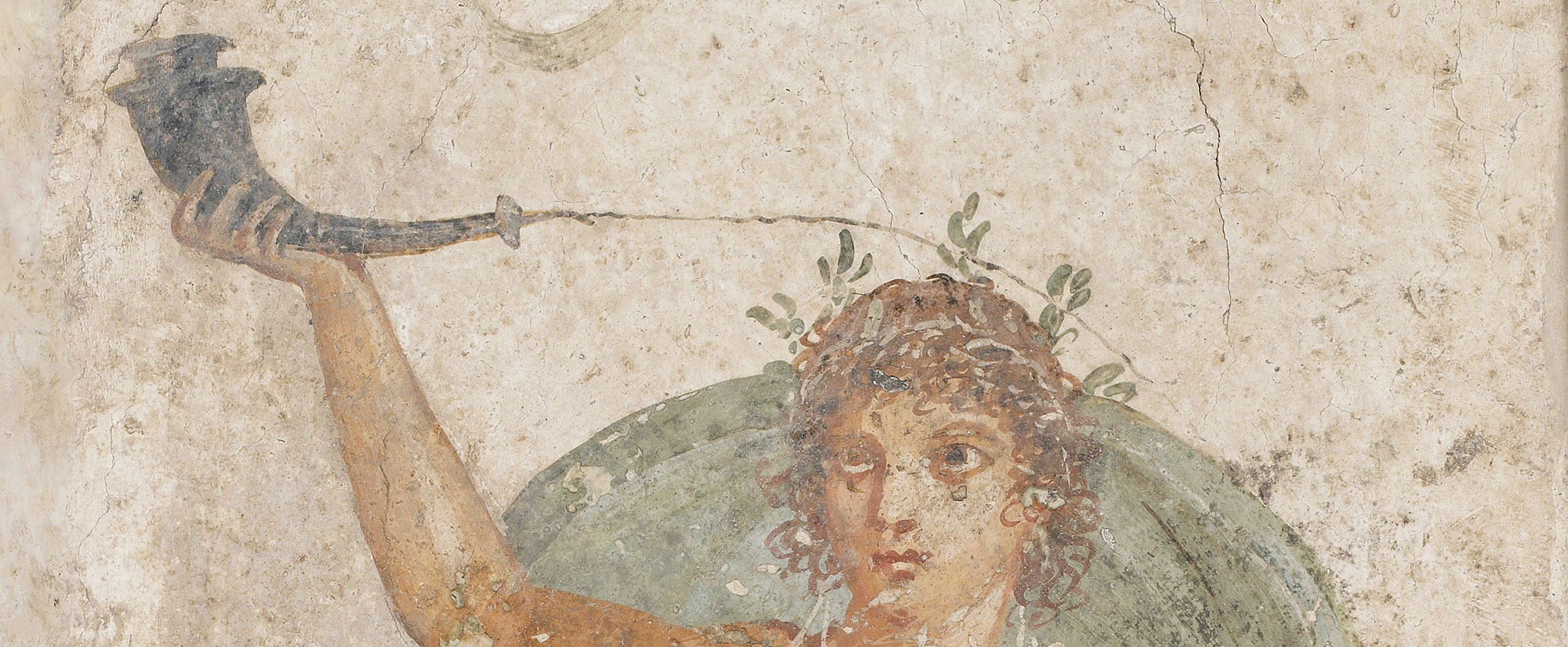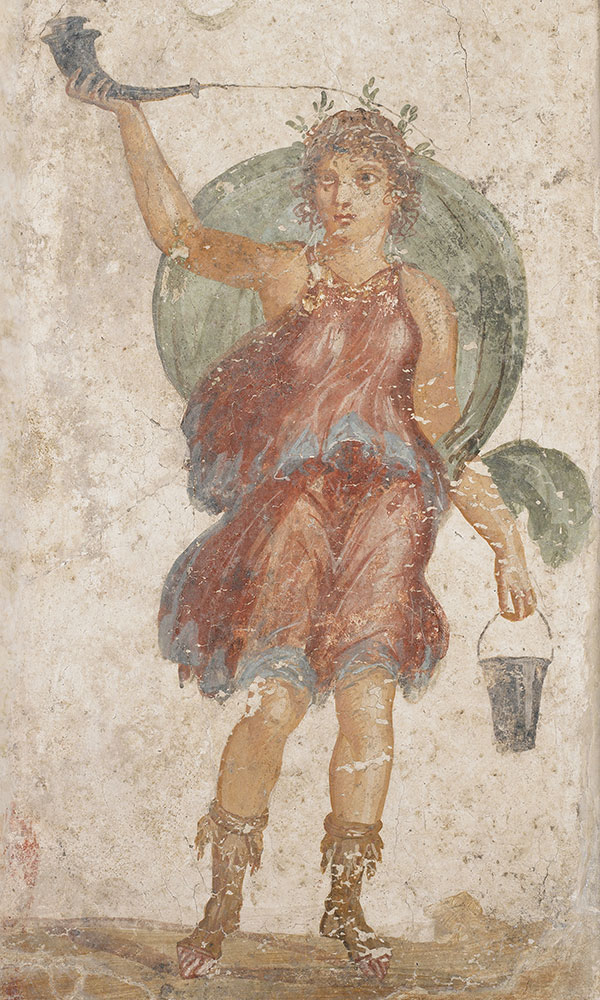LUOYANG, CHINA—Xinhua reports that a stone vessel unearthed in central China’s Henan Province has helped archaeologists identify the tomb of an emperor from the Eastern Han Dynasty (A.D. 25–220). The vessel, which measures about ten inches tall and 30 inches in diameter, is inscribed with the date of the third year of Guanghe, or A.D. 180, during the reign of Liu Hong. He built a mausoleum complete with a yard, corridor, well, path, and drainage channel for his predecessor, Emperor Liu Zhi. “Together with the previous documents about the location of the emperor’s tomb, the discovery makes us almost certain that it is the tomb of Emperor Liu Zhi,” said Wang Xianqiu of the Luoyang City Cultural Relics and Archaeology Research Institute. To read about a 13,500-year-old bird sculpture unearthed in Henan, go to "Oldest Chinese Artwork," one of ARCHAEOLOGY's Top 10 Discoveries of 2020.
Stone Vessel Helps Archaeologists Identify Tomb in China
News December 29, 2020
Recommended Articles
Features March/April 2025
Unearthing an Elusive Empire
Archaeologists have discovered rare evidence of an enlightened medieval dynasty that ruled much of Central Asia
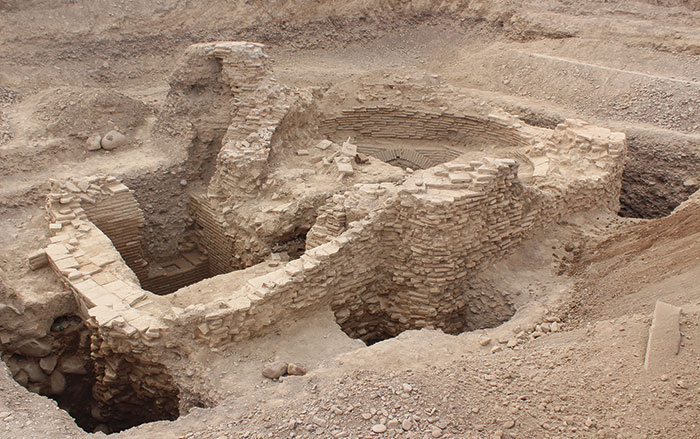
Digs & Discoveries January/February 2018
Underground Party
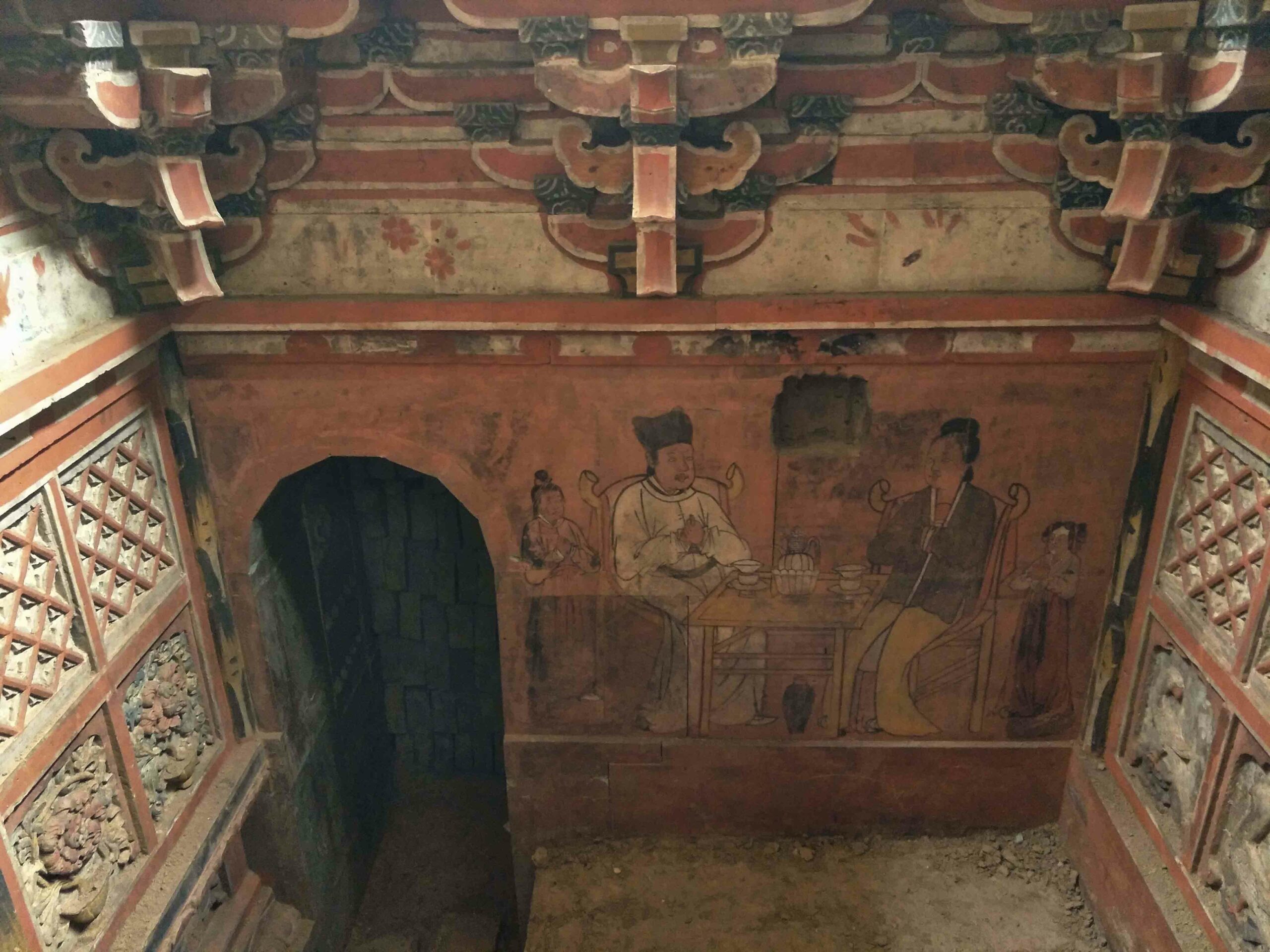
Digs & Discoveries July/August 2017
Tomb Couture
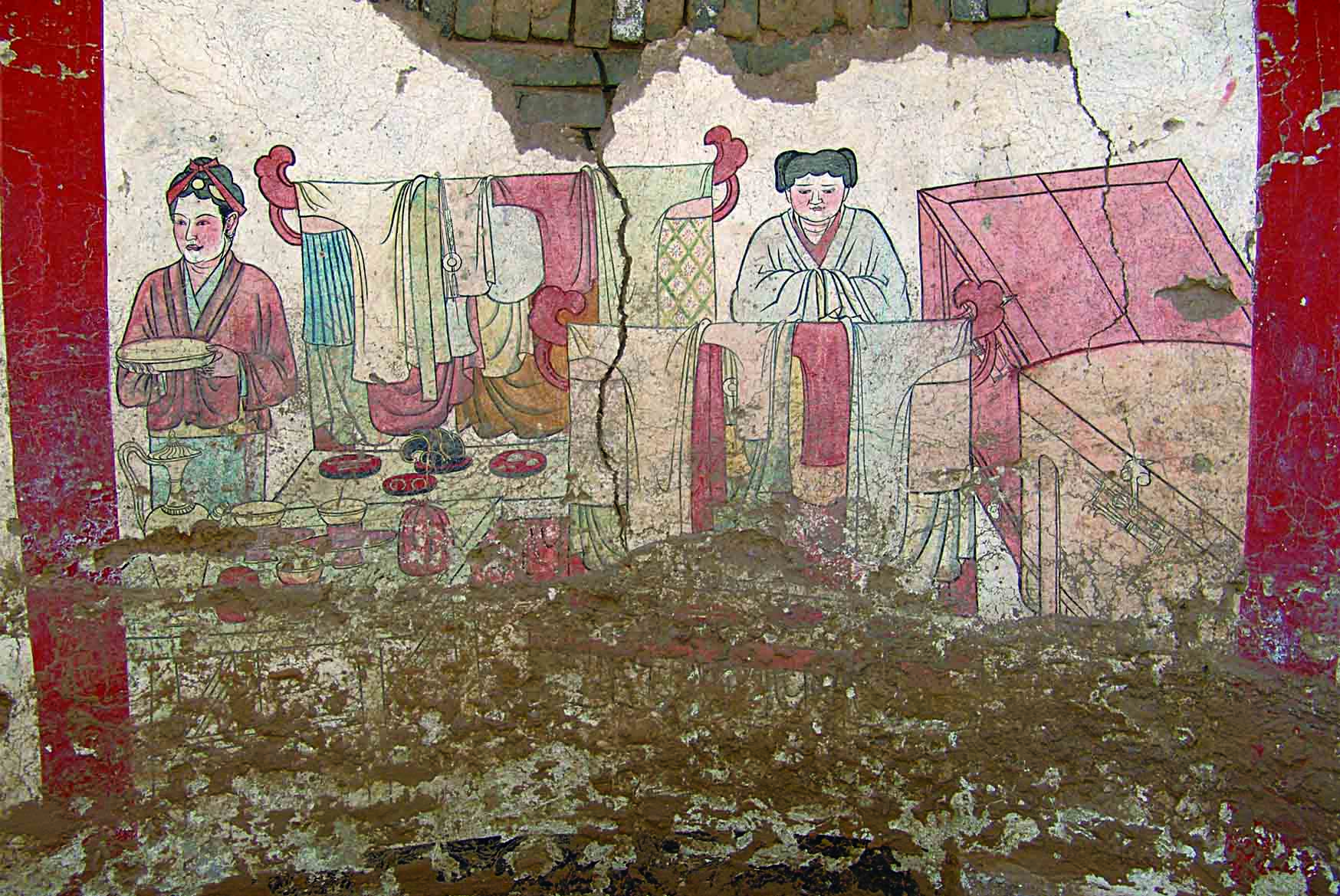
Top 10 Discoveries of 2025 January/February 2026
Oldest Mummified People
Southern China and Southeast Asia
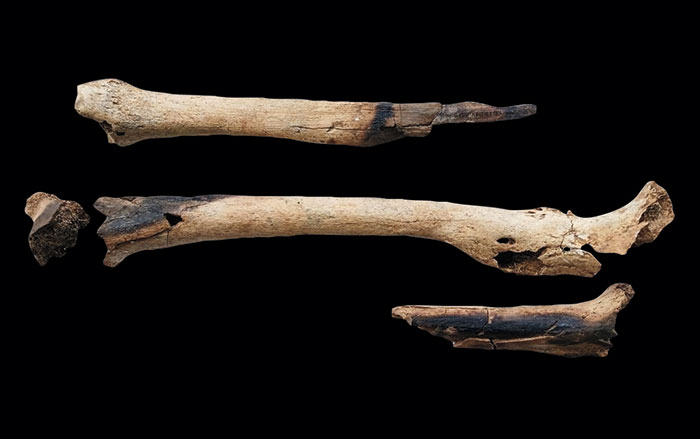
-
Features November/December 2020
In the Reign of the Sun Kings
Old Kingdom pharaohs faced a reckoning that reshaped Egypt’s balance of power
 (Kenneth Garrett)
(Kenneth Garrett) -
Letter from Israel November/December 2020
The Price of Purple
Archaeologists have found new evidence of a robust dye industry that endured on the Mediterranean coast for millennia
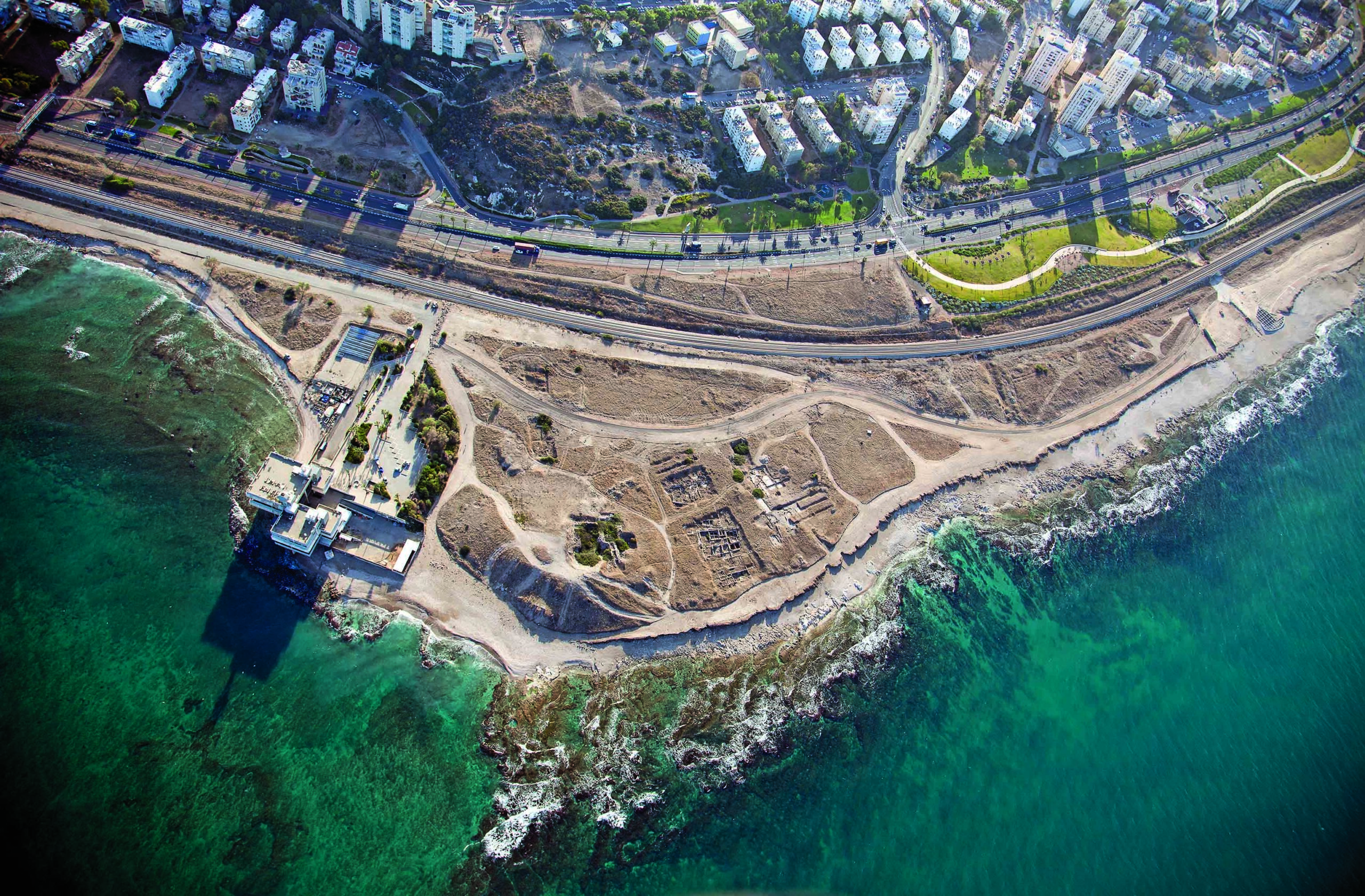 (Courtesy Michael Eisenberg)
(Courtesy Michael Eisenberg) -
Artifacts November/December 2020
Illuminated Manuscript
 (National Trust/Mike Hodgson)
(National Trust/Mike Hodgson) -
Digs & Discoveries November/December 2020
Our Coastal Origins
 (Courtesy Emma Loftus)
(Courtesy Emma Loftus)


